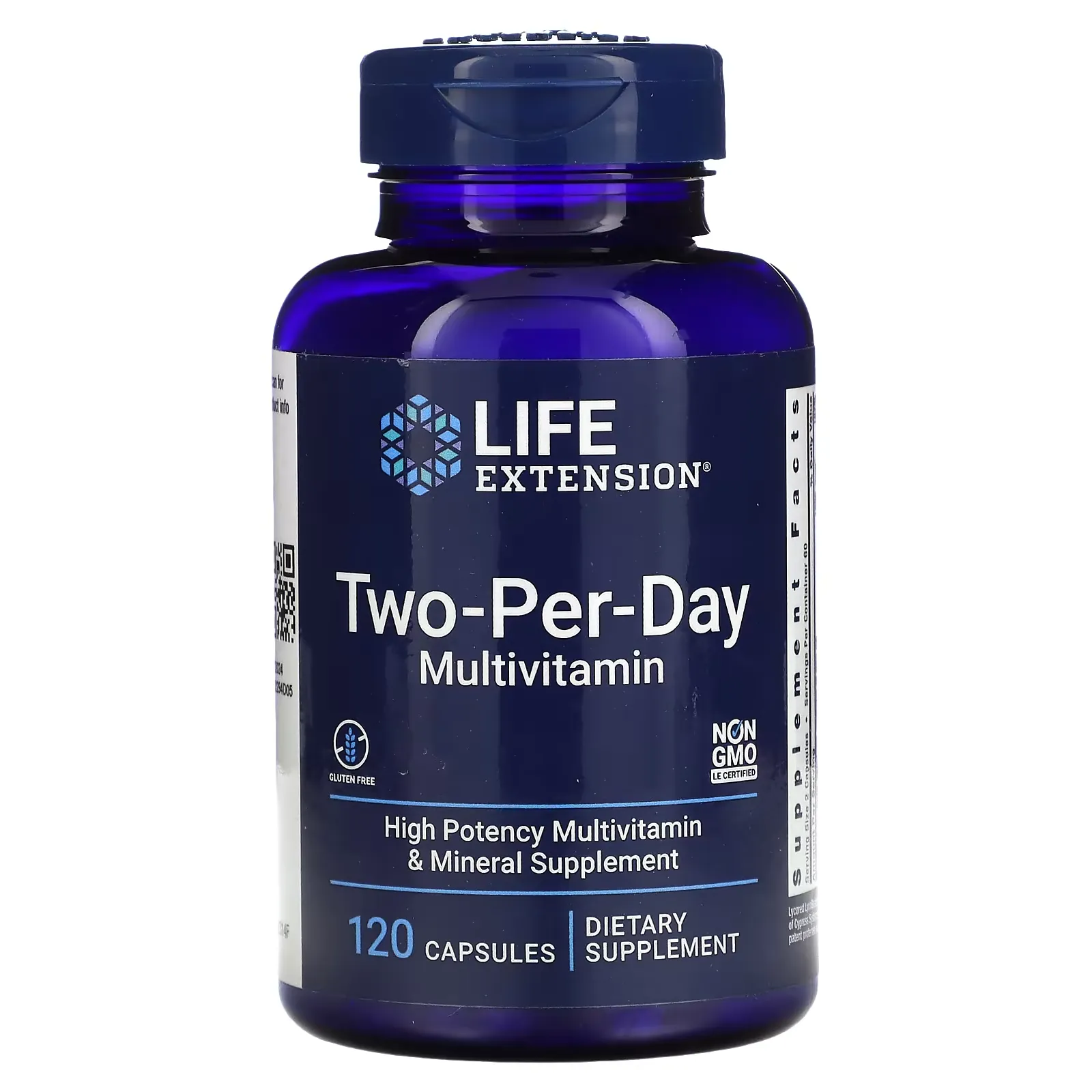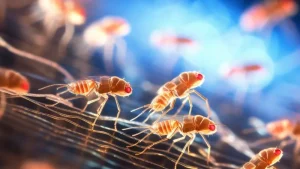Spoilers for this article
- ashwagandha (type of Indian cactus)may have neuroprotective properties.: : The
Long used in Ayurvedic medicine.ashwagandha (type of Indian cactus)may have protective effects against neurodegenerative diseases, new research suggests. - by using Drosophila (Drosophila melanogaster) as a model for genetic disease.ashwagandha (type of Indian cactus)Confirmation of the effectiveness of: : The
Through an experimental model using Drosophila,ashwagandha (type of Indian cactus)extracts were found to be effective against neurons with specific genetic mutations. - ashwagandha (type of Indian cactus)Studies are expected to further validate the effectiveness of: : The
ashwagandha (type of Indian cactus)s neuroprotective potential has been confirmed, but additional studies are needed to elucidate this in more detail and to assess its effects on neurons with genetic mutations.
'What is Ayurveda?' In it.ashwagandha (type of Indian cactus)I'd like to know about something called
I wonder if there are any new treatments or preventative measures for neurodegenerative diseases?"
."ashwagandha (type of Indian cactus)については聞いたことがあるけど、具体的にどんな効果があるのか詳しく知りたい。」
This article is aimed at these people.
Are you interested in naturopathy or traditional medicine?

Ayurveda, in particular.ashwagandha (type of Indian cactus)What do you know about
This plant has been used for over 3,000 years for its many therapeutic properties.
However, its neuroprotective effects are still poorly understood.
This time, through a 2023 study using Drosophila,ashwagandha (type of Indian cactus)Explore the possibilities of how the "Mere Old Man" can help neurodegenerative diseases.
What is ashwagandha in the first place?

ashwagandha (type of Indian cactus)(scientific name: Withania somnifera Dunal) has been used for thousands of years in Ayurveda, the traditional medicine of India, to treat both physical and mental health problems.stressThe herb has been used as an effective medicine, tonic, and even aphrodisiac.
Nowadays, the effectiveness of these products has been proven by modern science through various clinical studies, and they are attracting attention.
The fruit is an evergreen shrub of the eggplant family. The name comes from the horse's (ashwa) smell (ganda).
Some say it is named after the robust vigor of horses.
▼Recommended Articles

Paper Outline
The paper presented in this issue ofAshwagandha as a Pluripotent Neuroprotective Agent against Genetically Induced Motor Dysfunction and Cytotoxicity in a Drosophila Model of Human Neurodegenerative Disease(Japanese translation)".
| (data) item | Contents |
|---|---|
| Paper Title | Ashwagandha- Withania somnifera (L.) Dunal as a multipotent neuroprotective remedy for genetically induced motor dysfunction and cellular toxicity Dunal as a multipotent neuroprotective remedy for genetically induced motor dysfunction and cellular toxicity in human neurodegenerative disease models of Drosophila |
| author (usu. of a particular book, etc.) | Mamatha Nagamadhu Murthy, Baragur Venkatanarayanasetty Shyamala |
| Magazines | Journal of Ethnopharmacology |
| Year of Publication | 2023 |
Introduction.
Ashwagandha and its traditional medicinal benefits
ashwagandha (type of Indian cactus)(scientific name: Withania somnifera (L.) Dunal) is a plant that has been used for over 3,000 years in Ayurveda, the traditional Indian medicine.

This plant has more than 50 activecompoundIt is known to have anti-cancer and anti-diabetes,anti-inflammatoryIt is believed to exhibit diverse therapeutic effects, including antimicrobial, antimicrobial, and neuroprotective effects.
Overview of genetic disease models using Drosophila (Drosophila melanogaster)
Drosophila(Drosophila melanogaster) is an ideal biological model for genetic experimentation and is widely used to study human diseases due to its genetic regularity and biological characteristics.

By expressing specific genes in specific cells, it is possible to create models of human neurodegenerative diseases such as Parkinson's disease and Alzheimer's disease.
Need for disease models to test the therapeutic efficacy of ashwagandha
However, these disease models areashwagandha (type of Indian cactus)The challenge is that they have not been fully utilized to test the therapeutic efficacy of traditional drugs such as
This is because drugs discovered in vitro (in vitro) may fail in clinical trials because of genetic heterogeneity and changing physiological circumstances among patients.

For this reason, experiments with disease models are often conducted under specific genetic circumstances.ashwagandha (type of Indian cactus)This is an important means of verifying the effectiveness of the
Research Objectives
Testing the efficacy of Ashwagandha using a Drosophila (Drosophila melanogaster) genetic disease model.
The purpose of this study was to use genetically modified Drosophila,ashwagandha (type of Indian cactus)Verify the effectiveness of the treatment ofThe first thing to do is to

Specifically, the genetic mutation fly model mimics alpha-synucleinopathy and tau disease.ashwagandha (type of Indian cactus)and investigate changes in cellular and behavioral parameters.
Confirmation of the efficacy of ashwagandha in genetic situations.
In addition, theUnder certain genetic circumstancesashwagandha (type of Indian cactus)is effectiveThe objective is also to verify whether it is
In other words, the effects of candidate substances discovered in in vitro (in vitro) screening are verified in real organisms (in vivo) to validate their effects in a more realistic situation.

By this,ashwagandha (type of Indian cactus)This will allow for extensive and detailed analysis of the neuroprotective effects of
research methods
Creation of a Drosophila disease model in which specific cells express human disease-related genes.
The research is done by first expressing disease-related genes in specific cells,Creating a Drosophila (Drosophila melanogaster) disease modelI will do so.
Specifically, dopamine neurodegeneration is induced by expressing a human alpha-synuclein mutant (A30P) in dopamine neurons.

It also induces photoreceptor cell degeneration by inducing the expression of a mutant of the human tau protein (TauE14) in photoreceptor cells.
Administration of Ashwagandha extract and analysis of cellular and behavioral parameters
Then, for these disease models,ashwagandha (type of Indian cactus)Dose of aqueous extract ofI will do so.

Dosing is done by mixing the extract with regular feed.
Cellular and behavioral parameters are then analyzed after treatment.

By this,ashwagandha (type of Indian cactus)will be evaluated for their impact on neurodegenerative diseases.
findings
Lifespan extension benefits provided by ashwagandha
In this study,ashwagandha (type of Indian cactus)Route ofessencehas been shown to prolong the lifespan of Drosophila.

Specifically, male Drosophila, especially essentiallystressAgainst low resistance,ashwagandha (type of Indian cactus)Route ofessencehas the effect of extending life expectancywas approved.
Improvement of motor dysfunction by ashwagandha
Furthermore, in this study,ashwagandha (type of Indian cactus)(at sentence-end, falling tone) indicates a confident conclusionessencewas also shown to significantly improve motor function impairment.

In particular, motor dysfunction caused by human alpha-synuclein mutants expressed in dopamine neurons,ashwagandha (type of Indian cactus)Significant decrease due toThe results of the study indicate that the company has done so.
Reducing Neurodegeneration with Ashwagandha
In addition, theashwagandha (type of Indian cactus)essenceadministration was also shown to significantly reduce tau protein-induced neurodegeneration.
- tau protein
-
Tau protein is an important protein that can be found inside our neurons.
Its primary role is to help stabilize microtubules, which are intracellular transport systems.
Microtubules are responsible for transporting nutrients and other important molecules within neurons.

However, when tau proteins do not function properly, they are known to cause microtubule collapse and neuronal cell death.
In particular, tau protein binds and clumps abnormally in patients with Alzheimer's disease.

This interferes with nerve cell function and ultimately leads to cell death.

In particular, the degeneration of photoreceptor cells and the arrest of mitosis and death of photoreceptor cells caused by the tau protein TauE14,ashwagandha (type of Indian cactus)essencesignificantly reduced by administration ofI did.
summary

How was it? I would like to conclude by summarizing the contents of this article.
Neuroprotective potential and comprehensive effects of ashwagandha
Through the results of this study,ashwagandha (type of Indian cactus)could fight neurodegenerative diseases as a comprehensive phytotherapeutic formulation.was revealed.
It is for a variety of causative genetic defective conditions.ashwagandha (type of Indian cactus)effect.

Particular attention is paid to its neuroprotective effects,ashwagandha (type of Indian cactus)has demonstrated the ability to counter multiple elements of neurodegenerative diseases.
Efficacy of Ashwagandha in a model using Drosophila
Also through genetic disease models using Drosophila,ashwagandha (type of Indian cactus)effectiveness in genetic situations is objectively evaluated.ashwagandha (type of Indian cactus)Validity of theThe first time the company was founded, it was a "new" company.
This is a traditional medicineashwagandha (type of Indian cactus)These are important results that further support the efficacy of the use of the "C" and suggest its application in future clinical trials.

That's all for this article. Thank you for reading to the end.
Disclaimer
This site is primarily intended toashwagandha (type of Indian cactus)to provide information about the results of the study and not to provide medical advice.
It is not intended to diagnose, treat, or prevent any specific disease or condition.
Always follow professional advice when using the information on this site.
We also cannot be held responsible for any loss or damage that you may suffer as a result of acting on the basis of the information on this site.
Use of AI in Content Generation
This website uses AI-based automatic generation for some content.
The information generated by this automatic generation is checked against actual references and articles, and great care is taken to ensure accuracy and reliability.
It is also intended to enhance the transparency and credibility of this site by appropriately disclosing content created through automatic generation.
We believe that this site can provide richer and more useful content through automation and AI-based content creation, which will enable us to provide information more quickly and accurately.




